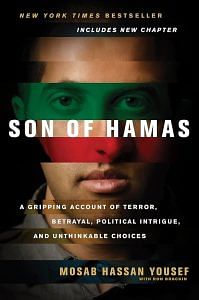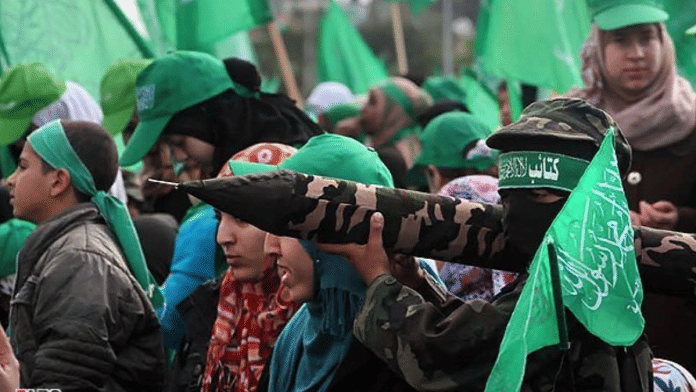Following my father’s release after the Persian Gulf War, my mother told him that she wanted to sell her dowry gold to buy a piece of land and get a loan to build a house of our own. We had been renting up to this point, and whenever my father was away, the owner cheated us and became rude and abusive to my mother.
My father was moved that she was willing to part with something so precious, but he was also concerned that he might not be able to keep up the loan payments since he could be arrested again at any time. Nevertheless, they decided to chance it, and in 1992, we built the house where my family still lives today in Betunia, by Ramallah. I was fourteen.
Betunia seemed to be less violent than either Al-Bireh or Ramallah. I attended the mosque near our new house and got involved in a jalsa, a group that encouraged us to memorize the Qur’an and taught us principles that leaders claimed would lead to a global Islamic state. A few months after we moved, my father was arrested again. Often, he was not even charged with anything specific. Because we were under occupation, emergency laws allowed the Israeli government to arrest people merely because they were suspected of being involved with terrorism. As a religious—and by default, political— leader, my father was an easy target.
It seemed this was becoming a pattern—and though we didn’t realize it at the time, this pattern of arrest, release, and rearrest would continue for many years to come, putting increasing strain on our family each time. Meanwhile, Hamas was growing more violent and aggressive as the younger Hamas men pressured the leadership to push even harder.
“The Israelis are killing our children!” they cried. “We throw stones, and they shoot us down with machine guns. We are under occupation. The United Nations, the whole international community, every free man in the world recognizes our right to fight. Allah, himself, may his name be praised, requires it. Why do we wait?”
As the conflict escalated, the role of Hamas became increasingly complex, intertwining with broader geopolitical dynamics and the historical context of Palestinian resistance.
Most attacks in those days were personal, not organizational. Hamas leaders had no control over members who had their own agendas. My father’s goal was Islamic freedom, and he believed in fighting Israel in order to achieve freedom. But for these young men, fighting became its own goal—not a means to an end, but an end in itself.
As dangerous as the West Bank had become, Gaza was even more so. Due to geography, Gaza’s dominant influence was the fundamentalist Muslim Brotherhood in Egypt. And overcrowding only made things worse. Gaza was one of the most densely populated pieces of real estate on earth—really not much more than a 139-square-mile refugee camp packed with more than a million people.
Families hung real estate documents and door keys on their walls as silent evidence and daily reminders that they had once owned homes and beautiful farms—property that had been taken by Israel as spoils of past wars. It was an ideal environment for recruiting. The refugees were motivated and available. They were persecuted not only by Israelis but also by Palestinians—their own people— who viewed them as second-class citizens. In fact, they were considered invaders themselves, since their camps had been built on their neighbors’ lands.
Most of the impatient young Hamas activists were from the refugee camps. Among them was Imad Akel. The youngest of three sons, Imad was studying to be a pharmacist when he must have finally had his fill of injustice and frustration. He got hold of a gun, killed several Israeli soldiers, and took their weapons. As others followed his example, Imad’s influence grew. Operating independently, Imad established a small military cell and moved to the West Bank, which offered more targets and more room to move around. I knew from the conversations among the men in town that Hamas was very proud of him, although he was not at all accountable to the organization. Nevertheless, the leaders did not want to mix what he was doing with Hamas’s other activities. So they added the military wing, the Ezzedeen Al-Qassam Brigades, and made Imad its leader. He was soon the most wanted Palestinian in Israel.
Hamas was now armed. As guns quickly replaced stones, graffiti, and Molotov cocktails, Israel had a problem it had never encountered before. It was one thing to deal with PLO attacks from Jordan, Lebanon, and Syria, but now the attacks were coming from inside its own borders.
 This excerpt from ‘Son of Hamas’ by Mosab Hassan Yousef has been published with permission from Jaico Books.
This excerpt from ‘Son of Hamas’ by Mosab Hassan Yousef has been published with permission from Jaico Books.






